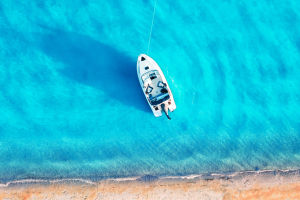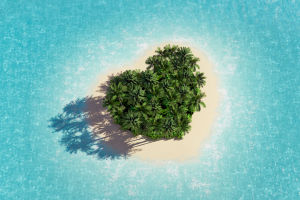The traditional Icelandic turf house is a remarkable type of dwelling that was common in Iceland for hundreds of years.
Its unique design and construction have caught the attention of many travelers who explore Iceland's south coast, north, east fjords, and west fjords.
The roof of the turf house is tightly covered by turf, and a low triangular wall is slightly above the ground on one side, while two wide sheets of turf cover the roof.
Historical records show that turf was the primary building material used in Iceland for up to 50% of the construction until the late 19th century. The Icelandic turf house has a long history dating back to the Viking Age when early settlers used this building technique due to the limited availability of trees and other construction materials in Iceland.
The turf house provided excellent insulation and warmth during harsh Icelandic winters, and its low profile allowed it to blend seamlessly into the surrounding landscape.
The construction of an Icelandic turf house was a complex process that required a considerable amount of skill and labor.
The first step involved laying the foundation with large stones and boulders, which provided a stable base for the building.
Next, a wooden frame was constructed, which was then filled with a mixture of turf and soil.
The turf and soil mixture was packed tightly between the wooden frame, forming the walls of the house.
Finally, the roof was constructed by laying a layer of birch bark or straw over the frame and covering it with turf.
The Icelandic turf house was more than just a place to live; it was a reflection of the people's way of life and their relationship with nature.
The turf house was not only a shelter but also a storage space for food, tools, and livestock.
Icelandic turf houses were often constructed as clustered communities, forming small villages, with each house serving a specific purpose.
However, as the population grew, turf houses became less popular, and wooden buildings gradually replaced them.
The population concentrated in cities like Reykjavik, where wooden houses were easier and cheaper to construct.
Today, there are only a few original Icelandic turf houses remaining, but many have been restored and transformed into museums to showcase Iceland's unique cultural heritage.
Visitors to Iceland can still experience the beauty and charm of the traditional Icelandic turf house.
Many museums across the country offer guided tours of restored turf houses, providing visitors with an opportunity to learn about Iceland's rich history and culture.
These tours offer a glimpse into the daily lives of early Icelanders, how they adapted to their environment, and how they used their resources wisely.
The Icelandic turf house is a remarkable example of how humans can adapt to their environment and use available resources to create unique and functional architecture.
The Icelandic turf house is a reflection of the country's rich cultural heritage and is an essential part of Iceland's identity.
The few remaining original turf houses and restored museums provide visitors with a unique opportunity to experience Iceland's past and learn about the lives of its early settlers.


